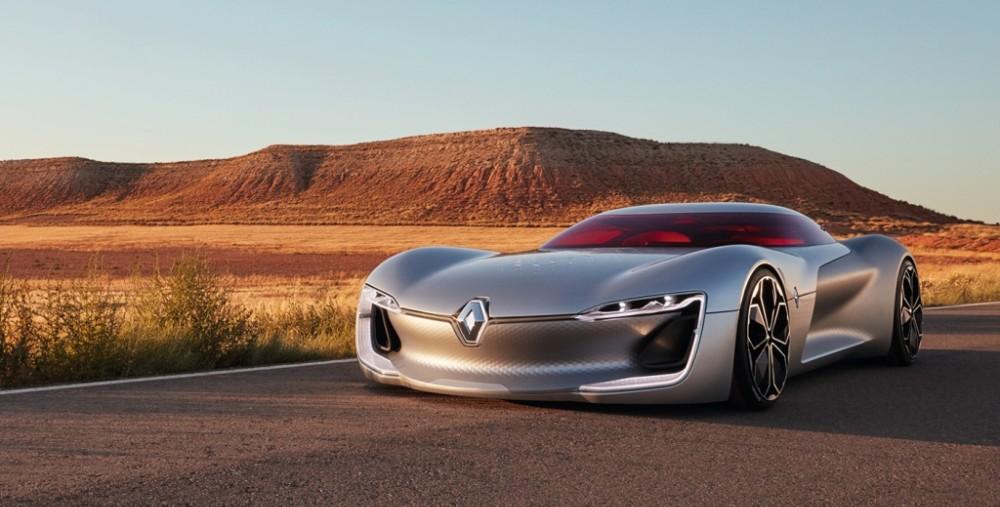Today, when people talk about electric vehicles, mileage is still the most concerned hot topic, and for car companies, it is the core of technology research and development.
Electric vehicles are products of science and technology, whether it is the appearance of the body, or the battery pack, regenerative braking, and even the design of the wheels have technical content, all of which are to make electric vehicles have a higher mileage and a better car experience.
For example, mercedes-Benz's Vision EQXX electric car, which just completed the actual mileage test on the road last month, has a real mileage of more than 1,000 kilometers! It took almost 12 hours on a single charge.
Its on-board battery pack capacity is only 100 kWh, the volume of the battery pack is relatively small, the vehicle weight is lighter than the general electric vehicle, the body design, battery cooling system, heat pump and roof use of solar panels, all of which contain relatively high technical content, are to improve the mileage of its vehicle.
A few days ago, General Motors released a new patented technology for its electric vehicle, which won the attention of many media.

This special patented technology, dubbed "Ultium Energy Recovery," will capture energy from batteries or the environment that could otherwise be wasted to increase the range and charging speed of electric vehicles.
GM explained that electric vehicle batteries, power electronics and other propulsion components generate heat. The system can recycle and store this waste heat for use when needed. In addition, the new system can even capture external humidity as well as the body temperature generated by passengers.
The automaker said all of this recycled and stored heat can be reused to reduce the overall need for the car's battery packs to power heating and various vehicle functions.
They can be used to heat the cabins in a short period of time, so that the vehicle's heating and air conditioning system will receive less energy from the on-board batteries.
Compared to similarly sized battery packs from competing automakers that don't use heat pumps or similar technology, the energy recovery system can increase the range of their electric vehicles by up to 10 percent.
In addition, they programmed a DC fast charging station into the navigation system of the Ultium vehicle, where the energy recovery system will draw heat from the cabin, motor and/or exterior to heat the battery to an optimal temperature before charging so that the battery is ready for immediate full-power charging, enabling faster charging speeds.
Although they did not say whether this was a heat pump or not, the system works somewhat similar to a heat pump but better than a heat pump, which can absorb heat from the outside of the vehicle and bring it into the cabin, and can also capture heat wasted by other parts of the vehicle, such as motors or electronics.
Although the power of the heat pump also comes from the battery, the efficiency of the heat pump is about 300%, which means that it can produce 3kWh of energy for every 1kWh of battery energy consumed.
More and more automakers are choosing to install heat pumps on electric vehicles, which are more efficient than resistive cabin heaters, helping to protect the performance of vehicle batteries in cold weather and helping to heat cabins, reducing the pressure on battery power. GM's Ultium Energy Recovery system is so eye-catching because it is more efficient than heat pumps.
It provides 4-5 kWh of energy for every 1 kWh of battery energy consumed, which in addition to heating the cabin for heating, protecting battery performance for faster charging, and most importantly, it can increase the range of electric vehicles by 10%, which means that if the vehicle has a range of 1000 km, it will provide an additional 100 km of mileage.
This is more efficient than installing solar panels on the roof! Roof-mounted solar panels currently only add an average of about 65 kilometers to the range of electric vehicles.
Although they did not provide more technical details and could not know how this process was achieved, the technology of converting thermal energy into electrical energy has been shown to be relatively efficient.
Researchers at the University of Pennsylvania designed a flexible device earlier this year to recover waste heat and reuse the temperature difference between waste heat to generate electricity, and the power density of this new device is 150% higher than other state-of-the-art equipment.
It can be seen that the use of waste heat to power to increase the range of electric vehicles is a very attractive method.
This article is the original of science and technology cool probe, plagiarism must be investigated!